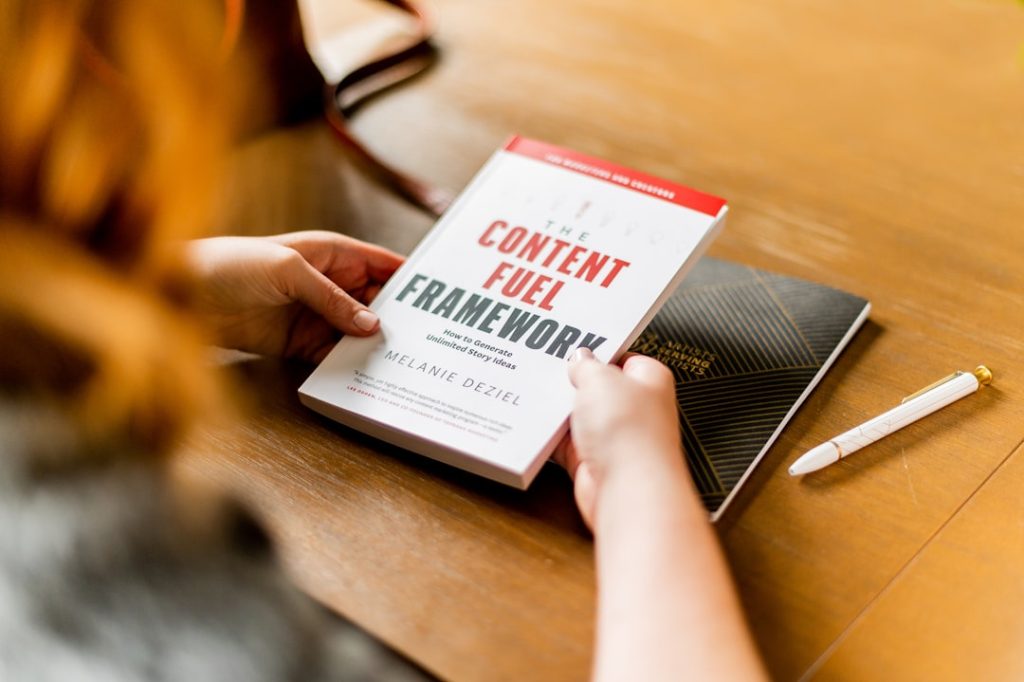Ever wonder why some websites turn casual visitors into paying customers while others just sit there, gathering digital dust? The secret sauce is often the content. But not just any content – content that’s strategically crafted to guide your audience down the path to purchase. Let’s explore how to write content that actually converts.
Know Your Audience (Like, Really Know Them)
Before you type a single word, you need to understand who you’re talking to. What are their pain points? What keeps them up at night? What are their aspirations? The more you know about your audience, the better you can tailor your content to resonate with them. Create detailed buyer personas that outline their demographics, interests, and motivations. This will be your north star as you create content.
Speak Their Language
Once you know your audience, use language that resonates with them. Avoid jargon or overly technical terms that might confuse or alienate them. Keep your tone conversational and approachable. Think of it as talking to a friend, not lecturing a classroom.
Focus on Benefits, Not Just Features
It’s tempting to list all the amazing features of your product or service, but your audience cares more about how it will benefit them. Instead of saying “Our software has advanced encryption,” try “Our software keeps your data safe and secure, so you can focus on growing your business.” See the difference? Focus on the “what’s in it for me” factor.
Tell a Story
People connect with stories. Use storytelling to illustrate how your product or service has helped others overcome challenges and achieve their goals. Case studies, testimonials, and even personal anecdotes can be incredibly powerful in building trust and credibility. Make your audience feel like they can achieve similar results.
Use Strong Calls to Action
Every piece of content should have a clear call to action (CTA). What do you want your audience to do after reading it? Do you want them to sign up for a free trial? Download an ebook? Contact you for a consultation? Make your CTAs clear, concise, and visually appealing. Use action-oriented language like “Get Started Today” or “Download Your Free Guide.”
Optimize for Search Engines (But Don’t Overdo It)
While you want to write for your audience, you also need to make sure they can find your content in the first place. Conduct keyword research to identify the terms your audience is using to search for information related to your business. Incorporate these keywords naturally into your content, but avoid keyword stuffing, which can hurt your search engine rankings.
Make it Readable
No one wants to read a wall of text. Break up your content with headings, subheadings, bullet points, and images to make it more visually appealing and easier to digest. Use short paragraphs and sentences to improve readability. Aim for a conversational tone that keeps your audience engaged.
Build Trust with Social Proof
People are more likely to buy from you if they see that others have had positive experiences with your product or service. Include testimonials, reviews, and case studies on your website and in your marketing materials. Highlight any awards or recognition you’ve received. Show your audience that you’re a credible and trustworthy source.
Offer Value Beyond the Sale
Don’t just focus on selling. Provide valuable information and resources that your audience will find helpful, even if they’re not ready to buy. This could include blog posts, ebooks, webinars, or free tools. By offering value upfront, you’ll build trust and establish yourself as an authority in your industry.
Track, Analyze, and Optimize
Creating content that converts is an ongoing process. Track your results to see what’s working and what’s not. Use analytics tools to monitor your website traffic, conversion rates, and other key metrics. Experiment with different types of content and CTAs to see what resonates best with your audience. Continuously optimize your content based on your findings.
Writing content that converts isn’t about tricking people into buying something they don’t need. It’s about understanding your audience, providing value, and guiding them towards a solution that will help them solve their problems and achieve their goals. Keep learning, keep experimenting, and keep providing value, and you’ll be well on your way to creating content that turns visitors into loyal customers.
